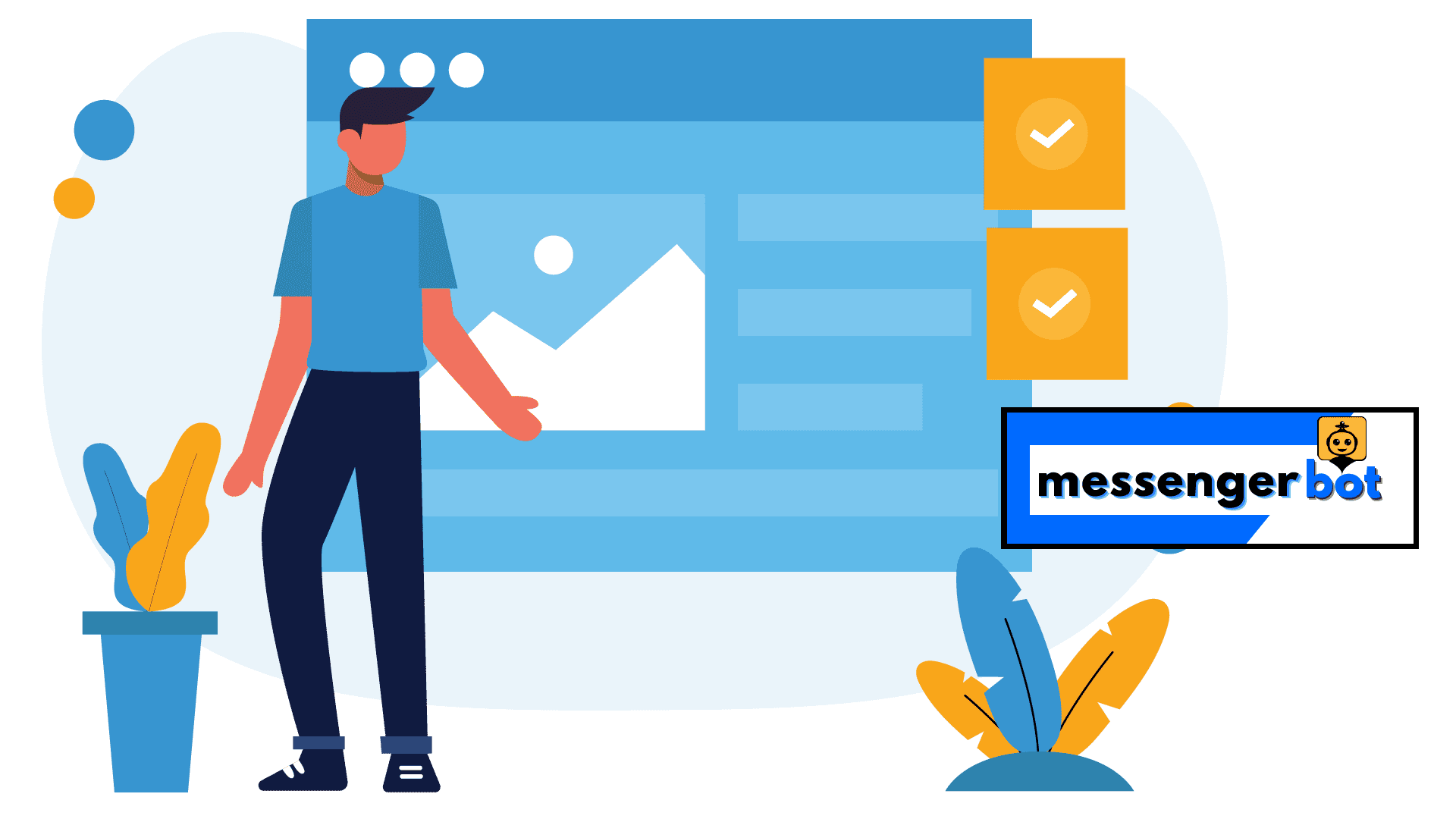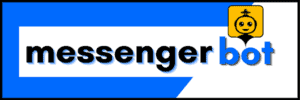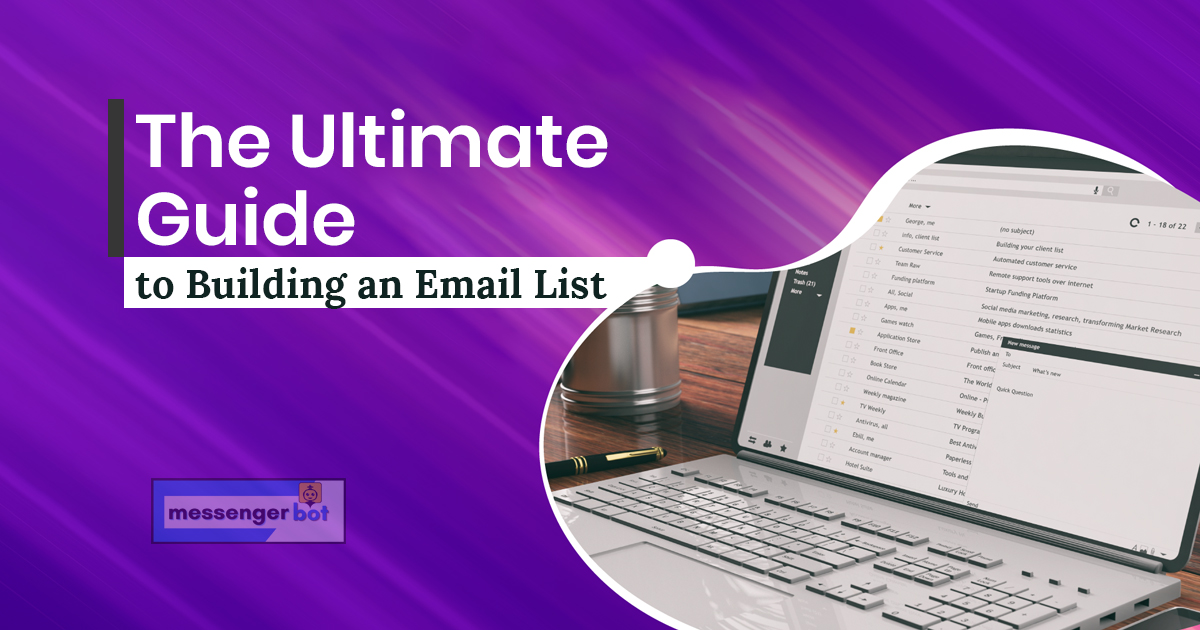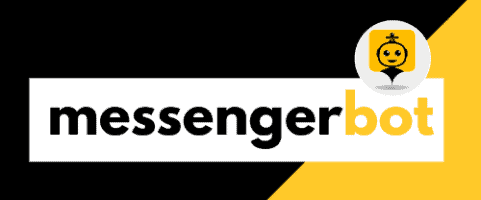Email marketing is one of the most effective ways to reach an audience that you have already had contact with. It is also a great way to generate sales and build your business in general.
With so many people using email as their main method of communication, businesses need to take advantage of this trend by building their own list!
Building an email list is important in marketing campaigns because it can help you grow your business!
In this post, we will go over how to build an email list from scratch, and what tools you can use to make the process easier.
What exactly is an email list?

An email list is a list that contains the email addresses of people who are interested in what you have to offer. You get a visitor’s email address in exchange for a freebie, free trial, or some other offer through an opt-in form.
Why is it important in growing a business?
An email list will be your most powerful tool for marketing because when you have that email address of someone interested in what you’re selling, they are more likely to open emails from you and also buy what you sell.
An email list is important because it provides an opportunity for your customers to choose when they want to hear from you again. It also gives them control over which emails they do not wish to read in future messages.
It helps grow your business by allowing personalization and targeted marketing. It’s free advertising with little effort on your part! The more subscribers you get, the easier running a campaign becomes as well (since there will be a larger audience).
What is email marketing?

Email marketing is the process of sending email messages to a list of people who are interested in your products or services.
Email marketing can be used as part of building an online business and is one way that successful websites use to generate revenue off their site traffic.
Building an email list will allow you to stay connected with your customers, boost sales and increase customer loyalty. You’ll also have the opportunity for future communication about new offers, webinars, etc., which keeps them coming back time after time!
What is a good email list?
List building isn’t just capturing email addresses. Your customer’s email address is just one piece of data to gather. The next question is, “What does a good email list look like?”
A successful email marketing campaign requires more than an enticing offer or compelling subject line. Every element in your message needs to work together for it to be effective:

Subject Line
Your first impression with subscribers must grab their attention and encourage them to open the e-mail. You have only seconds before they delete you forever! Sometimes people will subscribe without reading your content because they find its title intriguing but if there’s no interesting headline then don’t expect them not to unsubscribe when something better pops into their inbox.

Offer
What’s the incentive for someone to subscribe? This is one of the most important elements in your email. Without a strong offer, you’ll lose subscribers by default and they won’t come back! Offer something exclusive or time-sensitive, like free shipping on orders over $50. This can be a free ebook or a worksheet.

Intrigue
It sounds counterintuitive but sometimes people need more than an incentive to sign up for your emails. They’re looking for some mystery and intrigue as well – this can be accomplished with a question at the end of your message asking them what their favorite part was about your content (or even just thanking them). Your readers will feel appreciated if you ask for feedback from time to time, and it could result in higher click-through rates.

Personalization
This is one of the most important aspects of your email campaign that isn’t often utilized! Personalize your emails by making subscribers feel like they’re being spoken to as an individual. Refer to them by their first name, mention things about where they live or what kind of hobbies they have – this makes people more interested and opens up a level of trust between you that can be beneficial for conversion rates later on.

Content
Your blog post, video, or content will make up the bulk of your email. You need to invest in good copywriting for emails because it’s what determines how well you convert subscribers into customers!
Showing off your blog posts with interesting titles will entice readers to subscribe because it shows them how much content there is available just waiting for them to read! A good rule-of-thumb would be publishing two blog posts per week so there’s always something fresh coming.

Call-to-Action
The call-to-action (CTA) is a powerful way to turn visitors and followers into leads and clients so don’t forget that this element has just as much importance as the others. Research shows that using “learn more” instead of “get started now!” can generate an extra 50% more clicks on offers – use phrases like these when possible but play around with the wording too because people react differently depending on their personality type.

How do I create an email list?
Creating an email list is easy if you know your foundation. To build an email list, you have to start with a blog. That will be your home base for all of your content that you can use as lead magnets or subscriber rewards.
You should also focus on getting people from social media platforms like Facebook and Instagram onto this email list so they get the updates automatically without having to sign up every time.

Choose an email service provider
An email service provider is a company that will host your email account and allow you to send emails. Email marketing tools like MailChimp or AWeber can be helpful when maintaining an email list because it takes care of sorting out all of those pesky details – they also provide templates for newsletters as well.
Once you have chosen an appropriate service provider, there are several steps involved in building an email list aside from just collecting contact information from visitors through signup forms on your blog.

Gmail
Gmail is one of the most popular email services, with over 425 million active users worldwide. It’s free for personal use but offers a paid business service as well which has options for advanced security features like encryption. The downside here is that Google collects data on all your communications – it’s something to keep in mind if privacy matters to you.
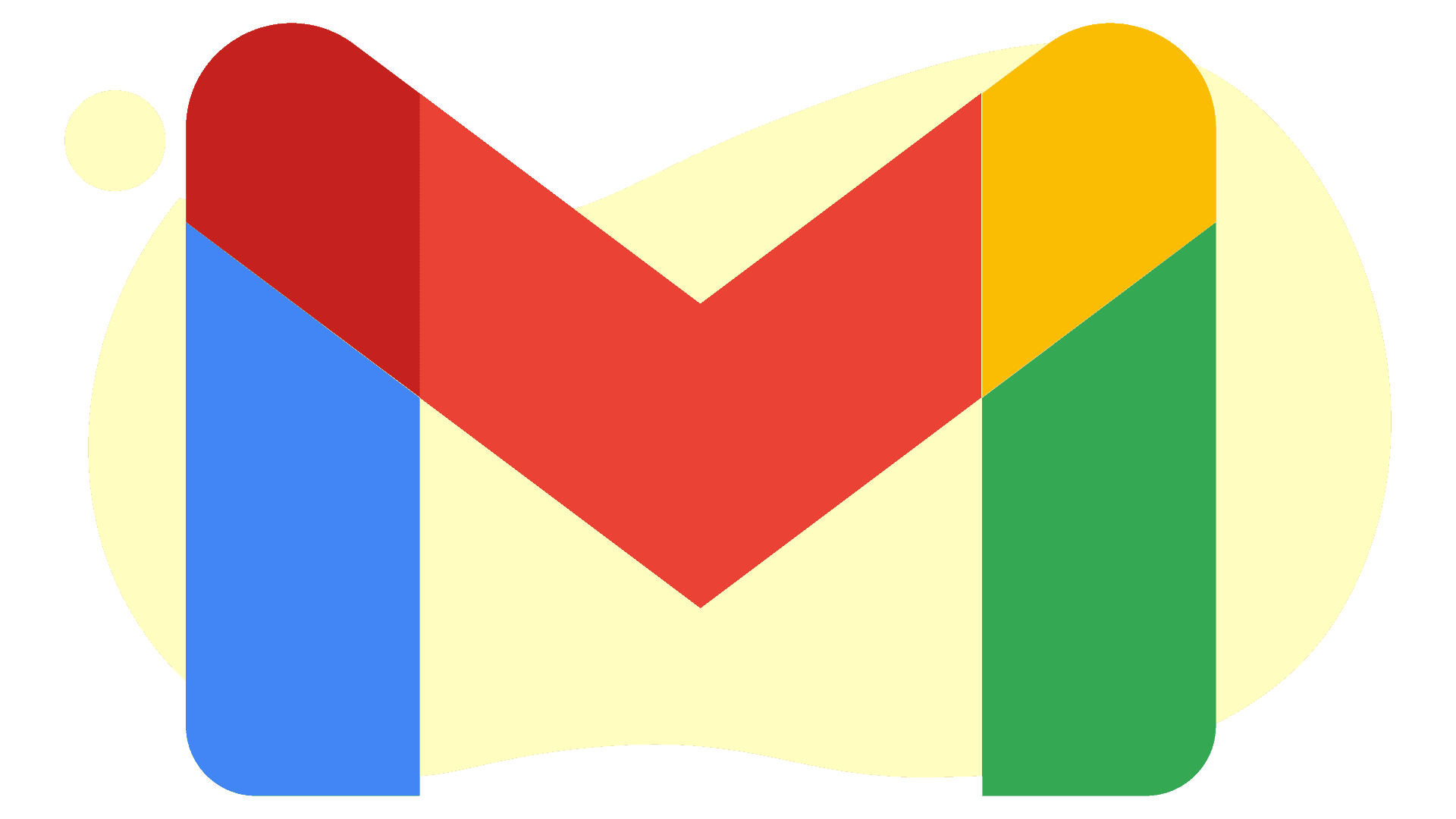
Outlook/Exchange
This option requires an additional cost from Microsoft ($50 per user) but allows access through the desktop or mobile apps so there are no limitations when using this system. The exchange also includes many excellent administrative features such as scheduling, contact management, remote wipe (accessible remotely), device synchronization (phones, tablets), and more.
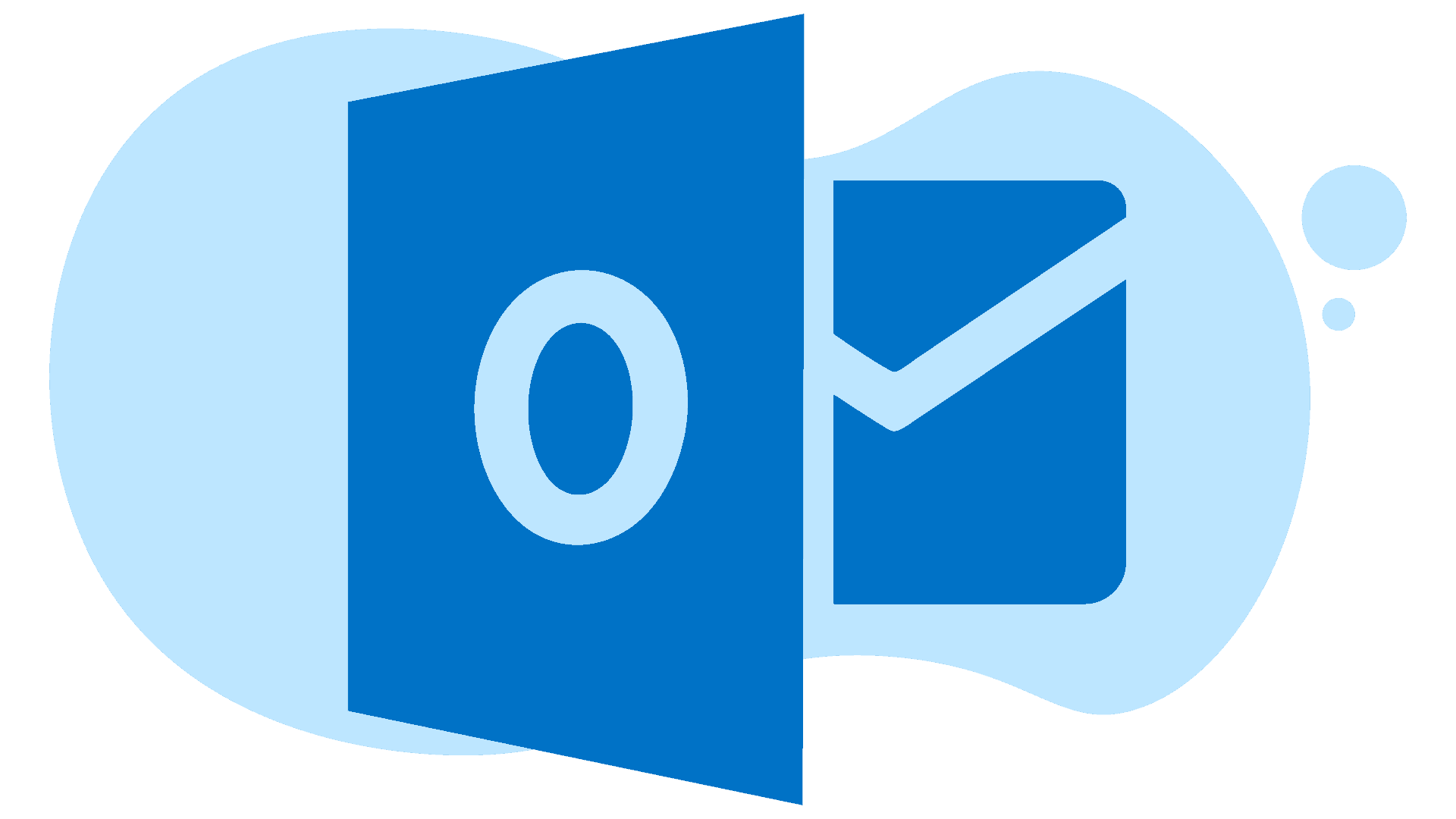
Yahoo!
This is an old favorite that’s been around since the 90s but it doesn’t offer as many features for businesses to take advantage of compared to other email providers.

AOL
A popular service provider from the past! It may not be one of your first choices now because it offers a limited amount of storage space (only 20GB) and lacks some newer security measures like encryption. Nonetheless, there are still a lot of people using this system today so you might need access if you’re catering towards older populations in general or simply don’t want to pay anything upfront – which is why AOL can work well for small businesses on tight budgets.
Choosing an email provider is a big decision that will affect your business for years to come so take the time to do some research before you commit. Evaluate what features are necessary, how much storage space is offered (some providers charge per gigabyte), and which system best suits your needs!

Create a landing page
Landing pages are the best way to start building an email list. Landing pages are web pages that have a singular purpose, such as collecting emails or sharing content. They are usually set up in WordPress on their own domain name and can be reached by going directly to yourdomainname.com/page-title
Potential customers will not want to sign up for an email list if they do not know what the content will be. Keep this in mind when building your landing page, so that you can vary it based on different audiences. For example, a blog post might have a more personal feel and include stories from founders of successful companies rather than just listing product features
Start by setting up WordPress with your domain name (e.g., mydomainname.com) and then go about designing or finding a template with which you are happy–this is where creativity comes in! You’ll also want to install some plugins like analytics tools and social media buttons. Once you’ve created the design, upload it into WordPress.
Create unique fields for people’s emails so that you can capture their information (e.g., name, email address). You’ll also want to make it clear what the person will get from signing up for your list
Add social media buttons or a text box where people can enter their Twitter username
Keep in mind that you may not need more than one landing page–it might be enough to use an existing blog post as your landing page if it has lots of different content and includes calls-to-action such as “subscribe here.” Remember, though: when possible, try to keep your audience separate so they don’t see all the same messages.

Streamline the onboarding sequence
Onboarding new subscribers is a critical step in building an email list. If your customers can’t figure out how to join the list of what they’re signing up for, you’ll lose their interest and trust right off the bat.
Streamline this process by giving them one actionable call to action with clear instructions on exactly where to go next when they click it. This will make life easier for new subscribers who are eager to get started now!
Streamlining the onboarding sequence is key if you want customer retention and growth of your subscriber base long-term.

Use a pop-up form
Pop-ups are a great way to increase your email signups. The best pop-ups are actually triggered by the user, rather than being pre-set on a timer or frequency.
By placing them strategically in high traffic areas of your website you can lead users through the entire conversion process with one click!
You may have noticed that many successful blogs use pop-ups as their primary form of converting readers into subscribers

Simplify your sign-up forms
A simple sign-up form can seem daunting to fill out. This section will teach you how to make a form as straightforward as possible so that potential subscribers don’t turn away from your email list before they join it.
There are six main points for a sign-up form:
- Have an easily accessible signup form on all pages of your website
- Identify the benefits of signing up for the email list
- Use persuasive language in the instructions, headlines, or subheads instructing viewers about what happens when they click “yes” to subscribe
- Include social proof by displaying testimonials or success stories next to the call-to message box; these can be taken directly from previous emails sent by your company
- “Yes!” buttons
Simple sign-ups can help you get more email subscribers without feeling like you’re being bombarded. Your sign-up form is the key to boost your email marketing efforts.
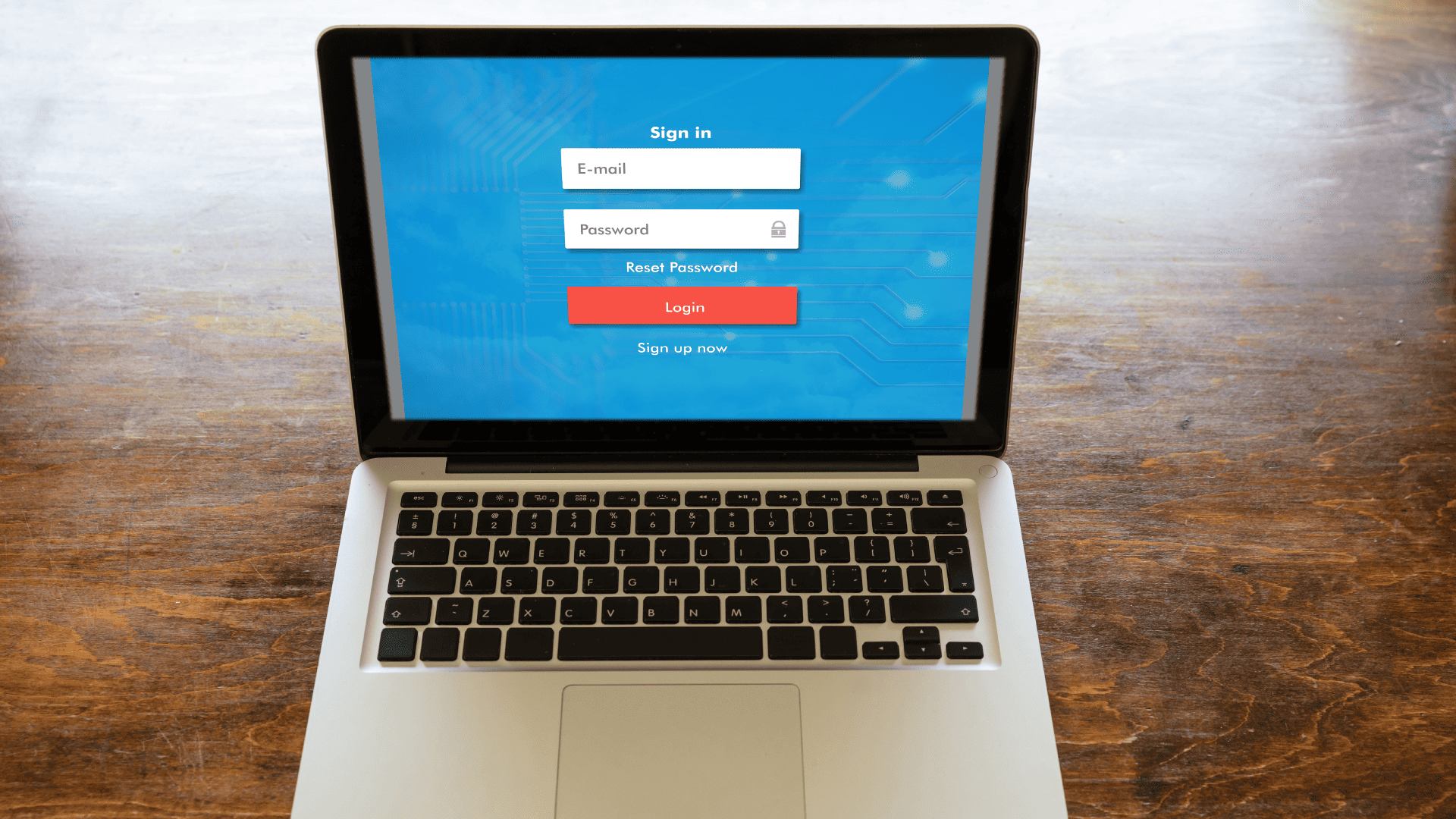
How do you collect email addresses?
Collecting email addresses is a problem for some marketers because of the spam and junk mail filters that block email. Here are five methods to collect emails:
- Place an opt-in box on your site, often at the bottom of each page or in conjunction with full content downloads
- Send out physical postcards with unique URLs printed on them
- Create contests where people enter their email address
- Offer something as an incentive (e.g., give away free reports) to someone who agrees to provide their email address for future notifications from you about related topics
- Give customers the option when they make purchases online to sign up for updates by providing an email address–but be sure not to offer this service unless it’s relevant!

Can I use paid traffic like Facebook ads to help build my email list?

Paid traffic like Facebook ads can be a great way to build an email list – but they’re not the only way. Targeted ads help you easily reach your target audience. You’ll more likely find paying customers from paid traffic.
There is paid traffic like Google Adwords and Bing Ads that you may want to consider, too.
However, it’s important to note that many people find success with organic search engine optimization as well!
Boost your list building strategy with Messenger Bot
Your email list should be one of your top marketing priorities. It’s hard to find anyone in the world who doesn’t have an email address these days.
A tool like the Messenger Bot is really effective for boosting your list-building strategy. You’ll want to advertise this on social media, too. People are more likely to sign-up when they’re prompted by someone they already know and trust – not some third-party company!
With the Subscriber Manager feature, it’s easy to manage your subscriber list and your messaging and emailing activities. It’s also convenient to build your list and create email campaign templates with Messenger Bot.
Build an email list with Messenger Bot today!
